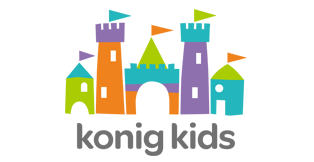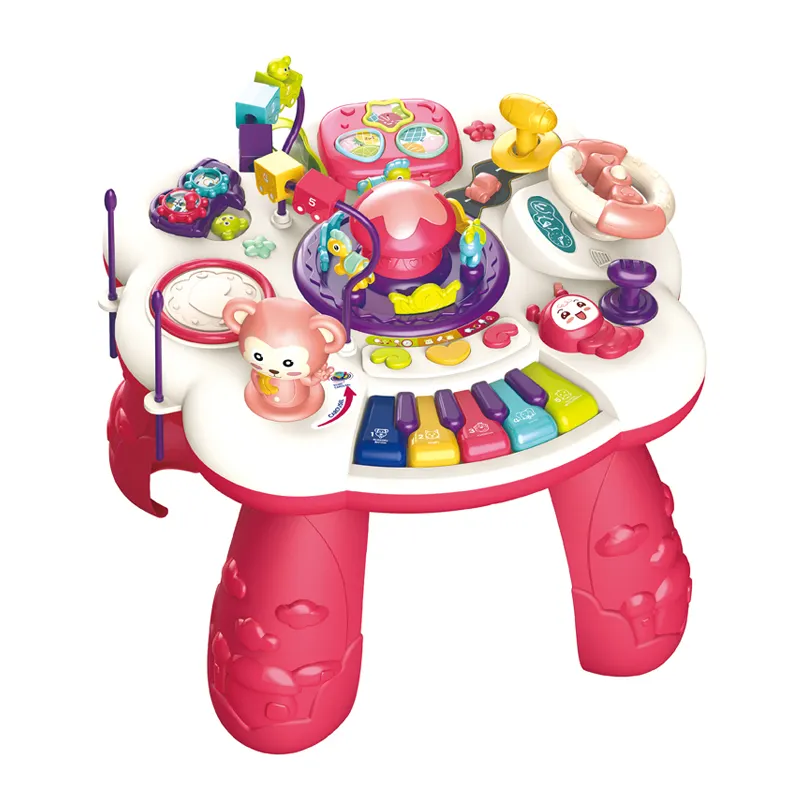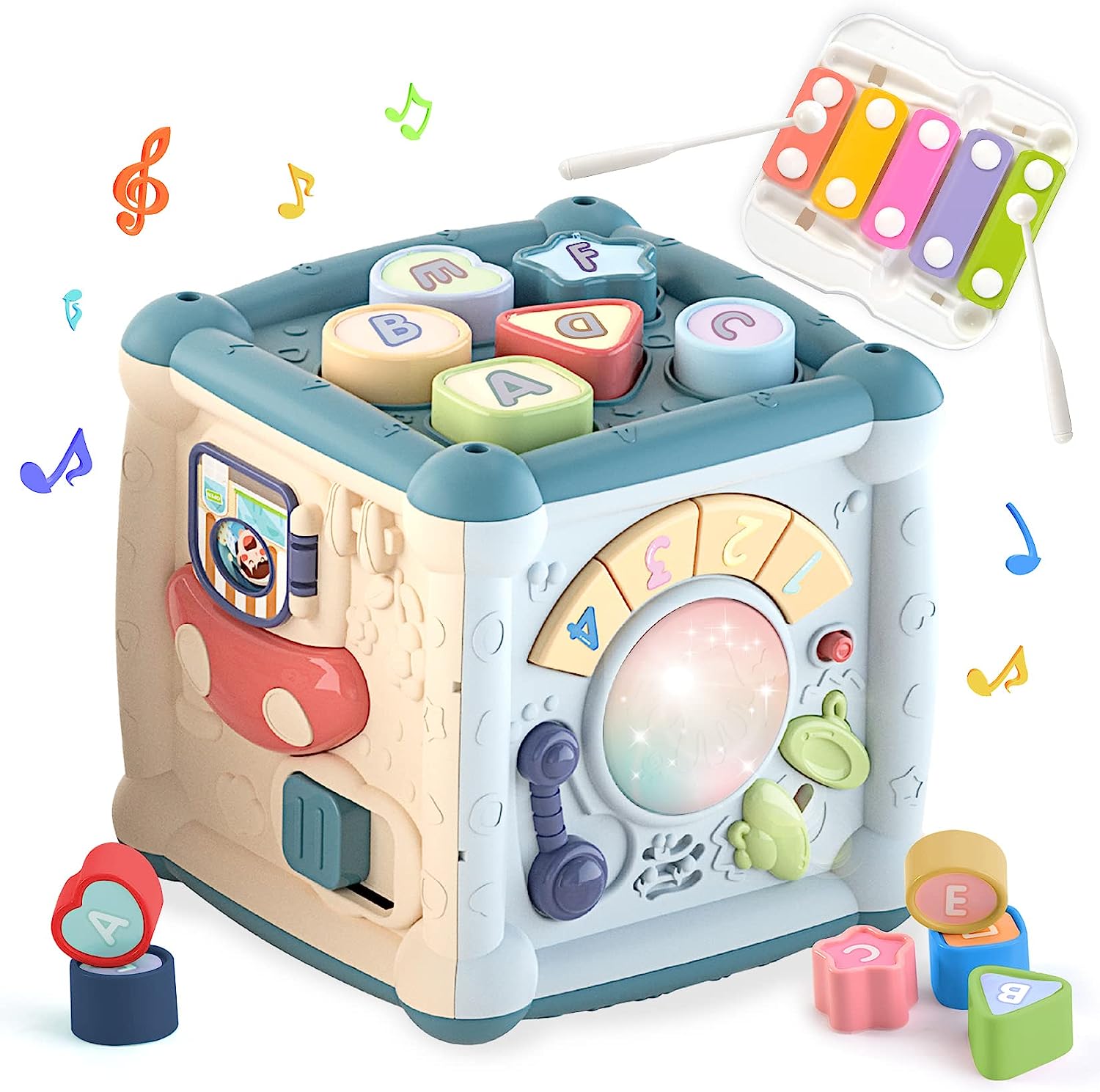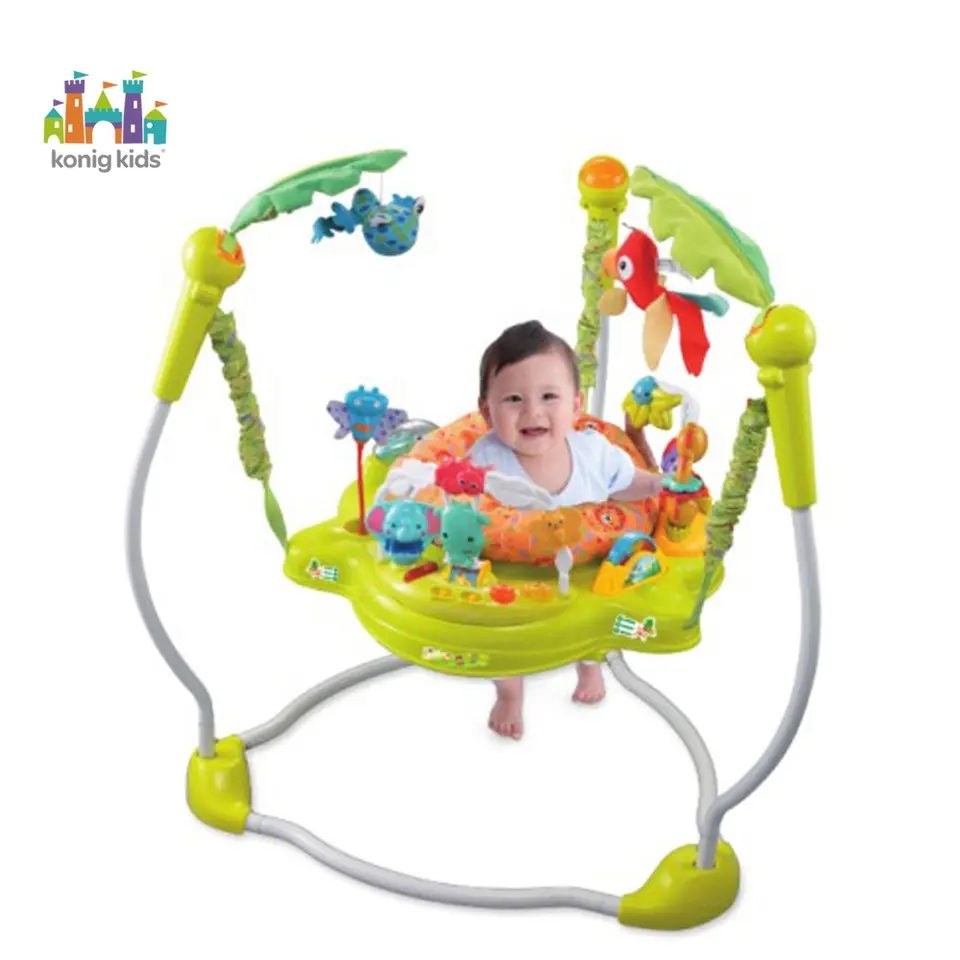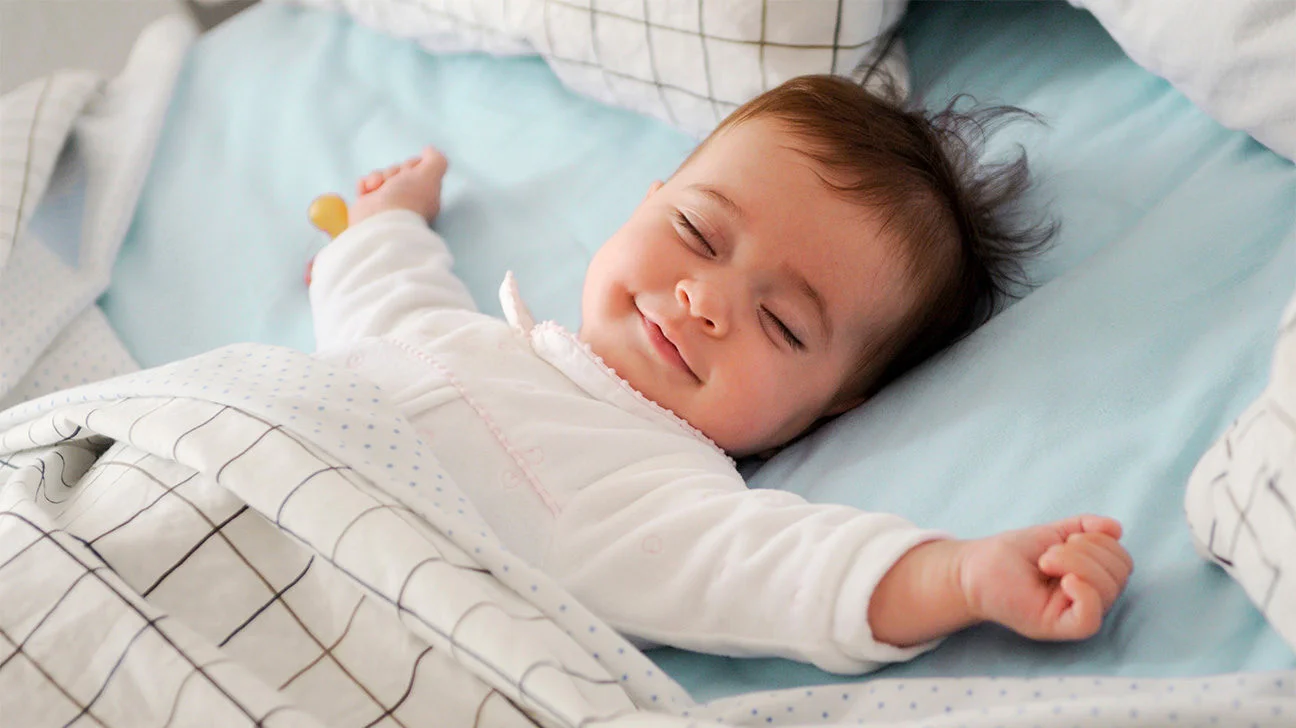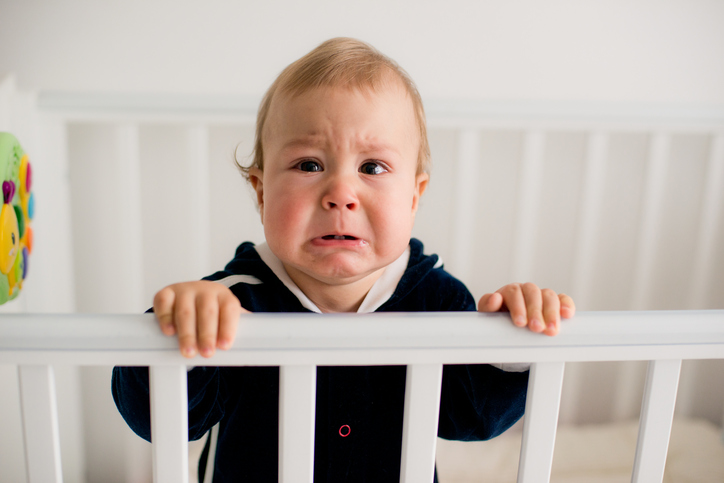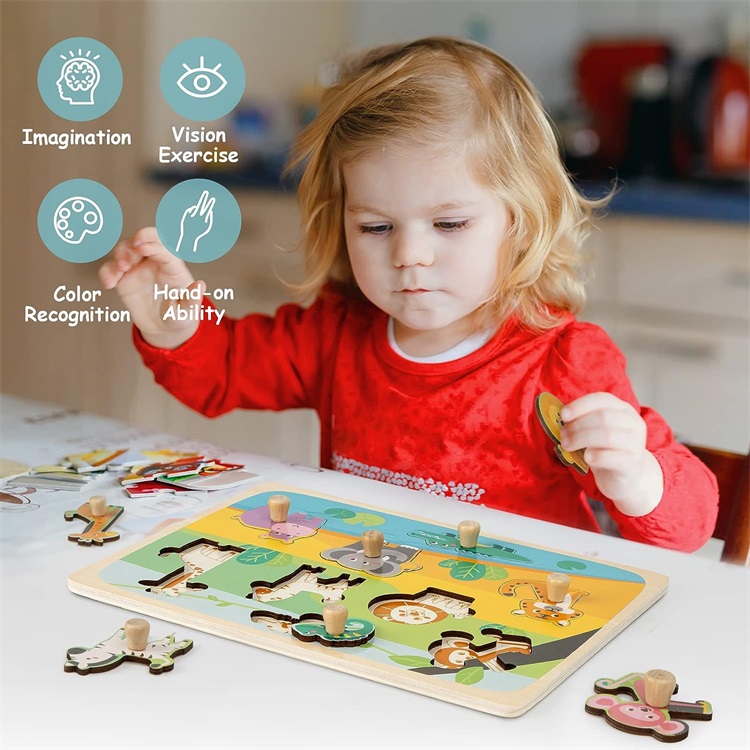Activity Table vs Activity Cube vs Activity Center: Which is Right for Your Child?
Choosing the right play equipment for your child can be a daunting task, especially with so many options available. Among the most popular choices are activity tables, activity cubes, and activity centers. But what are the differences, and which one is the best fit for your child? Let’s break it down.
Activity Tables
Activity tables are typically designed for toddlers who are learning to stand and walk. They offer a variety of interactive elements on the top surface, such as buttons to press, knobs to turn, and objects to slide or spin.
Pros: Activity tables promote standing and walking, enhance fine motor skills, and encourage independent play. They are usually compact and can fit into smaller spaces.
Cons: They may not offer as many activities as cubes or centers, and may not hold the child’s interest as they grow older.
Activity Cubes
Activity cubes are multi-sided toys that offer a variety of activities on each side. They are typically designed for seated or kneeling play, making them suitable for younger toddlers or older babies.
Pros: Activity cubes offer a wide range of activities, promoting cognitive development and fine motor skills. They are compact and portable, making them a great choice for small spaces or travel.
Cons: They may not encourage standing or walking as much as activity tables, and may not be as engaging for older toddlers.
Activity Centers
Activity centers, also known as exersaucers, are larger structures that a child can sit or stand in. They offer a variety of toys and activities around the perimeter.
Pros: Activity centers provide a safe and contained play area, and often include a variety of sensory and interactive toys. They can keep a child entertained for longer periods and are great for developing leg muscles.
Cons: They take up more space and are not as portable as tables or cubes. They may also be outgrown more quickly as they are typically designed for younger babies.
Activity Toys Features:
- Promote Cognitive Development: All of them are designed with a variety of interactive elements that encourage problem-solving, shape recognition, and color differentiation. They are not just toys, but tools that help your child understand the world around them.
- Boost Fine Motor Skills: The hands-on nature of activity toys helps children develop their fine motor skills. Whether it’s turning a knob, sliding a bead, or fitting a shape into its corresponding slot, each action aids in the development of hand-eye coordination and dexterity.
- Encourage Independent Play: While it’s great to play together, independent play is crucial for a child’s development. Activity toys provide a safe and engaging environment for your child to explore and learn at their own pace.
- Endless Fun: With so many activities incorporated into each table, center and cube, your child will never get bored. Each side offers a new adventure that will keep them engaged and entertained for hours.
Conclusion
The choice between an activity table, cube, or center depends on your child’s age, developmental stage, and your available space. All three options offer valuable opportunities for play and learning.
Remember, the best toy is one that fits your child’s current developmental needs and interests. So whether it’s the compact and multifaceted activity cube, the standing-promoting activity table, or the all-encompassing activity center, you’re making a great choice for your child’s growth and enjoyment.
Post a Comment
You must be logged in to post a comment.
